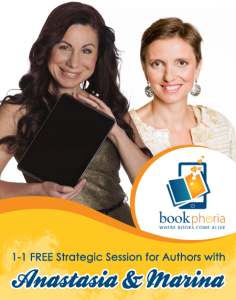Explainers: Thumbs up or thumbs down?
Whether you are trying to assemble a new kitchen table or learn a new program, you have to deal with instructions. Reading instructions is rarely fun. They are often boring, confusing and full of jargon. We’d rather jump in and tinker with things to figure out how they work. That is why our Bookporia team favors an interactive, audience-driven approach to explainers.
In recent years, short explainer videos have become popular in business to introduce and explain the functions and benefits of various products and services and educate consumers. These videos are definitely more engaging than just text. An expainer video can also increase conversion rates by around 15% to 50%. However, even with explainer videos, viewers still remain passive and their attention can drift away.
What if you could get your viewers interact with your content right away by reflecting, making choices, and getting feedback? Interactive explainers let your audience experience your product, service or system by turning your sales pitch into edutainment. Would you rather read the recipe of a pie, look at its picture or try a slice? Which option will help you decide faster whether you like the pie or not?
Click on the picture below to see the following interactive explainer, which introduces scenarios where participants give their thumbs-up or thumbs-down to various public speaking techniques:







